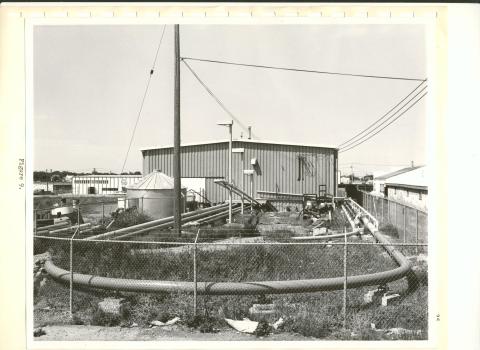SRC Communications
Posts by this Author

written by SRC Communications
Most people might be surprised to know that wetlands are hot spots of biodiversity in a forested landscape. They’re also a huge reservoir of carbon. And it’s important to conserve wetlands to maintain that carbon in the ground.

written by SRC Communications
In 2001, SRC set out to become more entrepreneurial, grow in breadth and depth, and include more work for communities (particularly northern and Aboriginal communities) and for government.

written by SRC Communications
The Orange Wheat Blossom Midge fly is a scourge on wheat producers around the planet. The Midge Tolerant Wheat Stewardship group is working together to protect and ensure the future of the technology that is the sole line of defense against the midge fly. Learn more.

written by SRC Communications
SRC's Maturing Years were marked by growth in staff, facilities and equipment and a focus on applied R&D projects for industry and community needs. This led to the next phase of SRC's evolution, the Commercial Years, which were dominated by contracts with a mostly market-driven outlook, increasing SRC's revenue and importance as an innovation enabler for industry.

written by SRC Communications
SRC's Community of Practice was a vital resource during the Lorado Remediation Project, providing resources and expertise to the project team. Find out the two important roles project management and cross-divisional support played in the successful remediation of the Lorado Mill Site.

written by SRC Communications
Nineteen forty-seven was SRC’s first full operating year. The initial strategic direction for the company was to undertake applied research targeted at developing “the resources and economy of Saskatchewan.”

written by SRC Communications
We know that wetlands, both in Canada and globally, store huge amounts of carbon. While we understand it’s important to store carbon, reduce CO2 emissions and mitigate climate change, we’re also aware that we need a greater understanding of how best to measure the carbon stored in wetlands.

written by SRC Communications
Did you know that Saskatchewan has some of the highest rates of elevated radon in homes and buildings in Canada? Sandy Hutchison from Health Canada guest blogs about how people can protect themselves and their families from radon.

written by SRC Communications
Employee volunteer programs (EVP) are an important way for businesses to create opportunities for its employees to participate in community initiatives. Learn why SRC provides paid time for employees to volunteer.

written by SRC Communications
Jaz Gatin is an Environmental Biology student at the University of Saskatchewan and was also a student in SRC’s Aboriginal Mentorship Program (AMP). He shares his experience in the program working with SRC's Environmental Performance and Forestry team.
